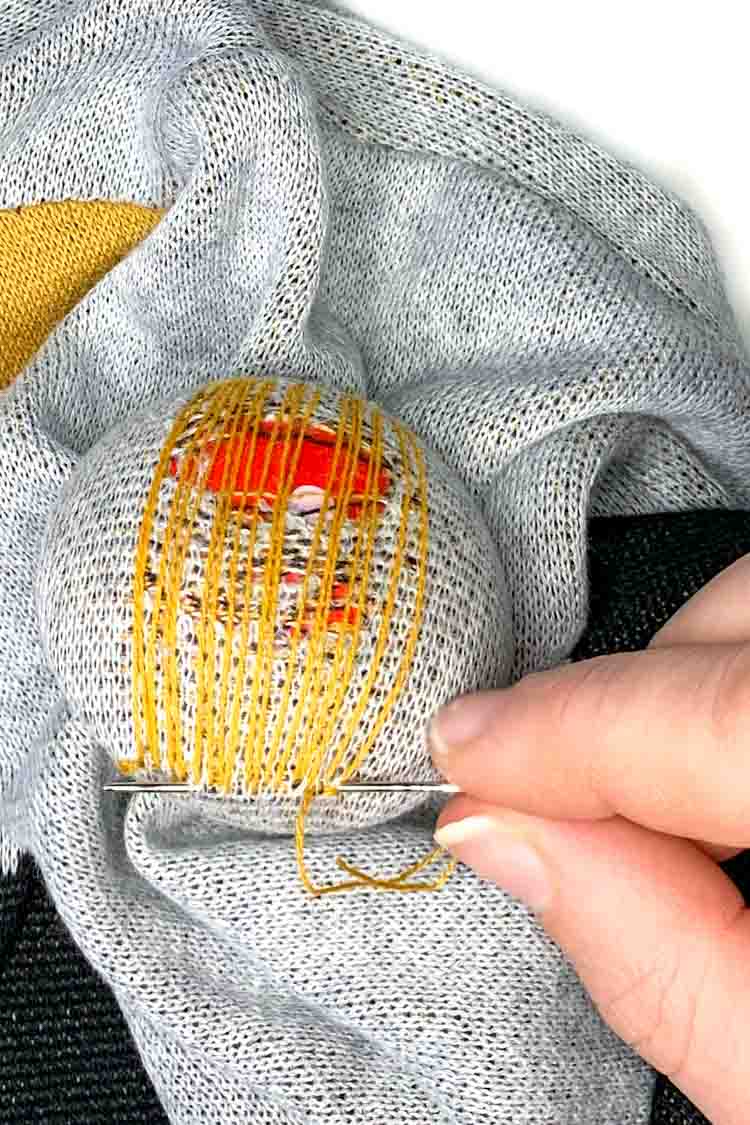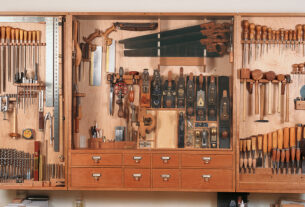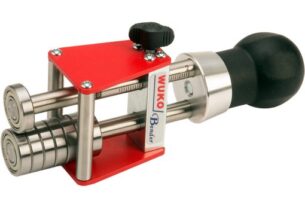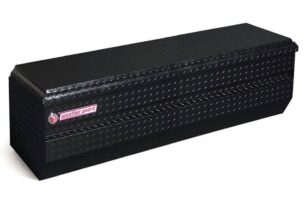Darning tools are essential for anyone who wants to repair their clothes and keep them looking good as new. Whether you’re a beginner or an experienced seamstress, having the right darning tools can make all the difference in your sewing projects. In this comprehensive guide, we will cover everything you need to know about darning tools, from the different types of needles and threads to the techniques used in darning.
Why Darning Tools Are Important
Darning is a technique used to repair holes or tears in fabric by weaving threads over it. It’s an essential skill for anyone who wants to extend the life of their clothes or save money on buying new ones. Darning tools help make this process easier by providing the necessary equipment needed to do the job right.
Types of Darning Needles
There are several types of darning needles available, each with its own unique features that make them suited for specific tasks. Here are some of the most common types:
1. Straight Needles – These needles have a straight shaft and a sharp point. They are ideal for repairing small holes and tears.
2. Curved Needles – These needles have a curved shaft, making it easier to reach difficult areas such as collars and cuffs.
3. Tapestry Needles – These needles have a large eye and a blunt tip, making them ideal for working with thick yarns or fabrics.
4. Embroidery Needles – These needles have a long eye and a sharp point, making them perfect for intricate embroidery work.
5. Upholstery Needles – These needles are thicker and stronger than other types of darning needles, making them ideal for repairing heavy fabrics such as denim or canvas.
Types of Darning Threads
Choosing the right thread is just as important as choosing the right needle when it comes to darning. Here are some of the most common types of darning threads available:
1. Cotton Thread – This type of thread is ideal for repairing lightweight fabrics such as cotton or linen.
2. Wool Thread – This type of thread is perfect for repairing woolen fabrics, as it blends in seamlessly with the material.
3. Synthetic Thread – This type of thread is great for repairing synthetic fabrics such as nylon or polyester.
4. Silk Thread – This type of thread is perfect for repairing delicate fabrics such as silk or chiffon.
Darning Techniques
Now that you know about the different types of darning needles and threads, it’s time to learn about the different techniques used in darning. Here are some of the most common techniques:
1. Weaving Method – This technique involves weaving threads over and under the damaged area until it is completely covered.
2. Knitting Method – This technique involves using a knitting needle to pick up stitches around the damaged area and then knitting them together to create a patch.
3. Crochet Method – This technique involves using a crochet hook to create a patch by crocheting stitches around the damaged area.
4. Swiss Darning Method – This technique involves creating a duplicate stitch over the damaged area, resulting in a seamless repair.
Conclusion
Darning tools are an essential part of any sewing kit, whether you’re a beginner or an experienced seamstress. By choosing the right needle and thread and learning different darning techniques, you can repair holes and tears in your clothes and keep them looking good as new. With these tips and tricks, you’ll be able to mend your clothes like a pro in no time!
References:
https://en.wikipedia.org/wiki/Darning
https://www.sew.co.uk/product-category/haberdashery/darning/




